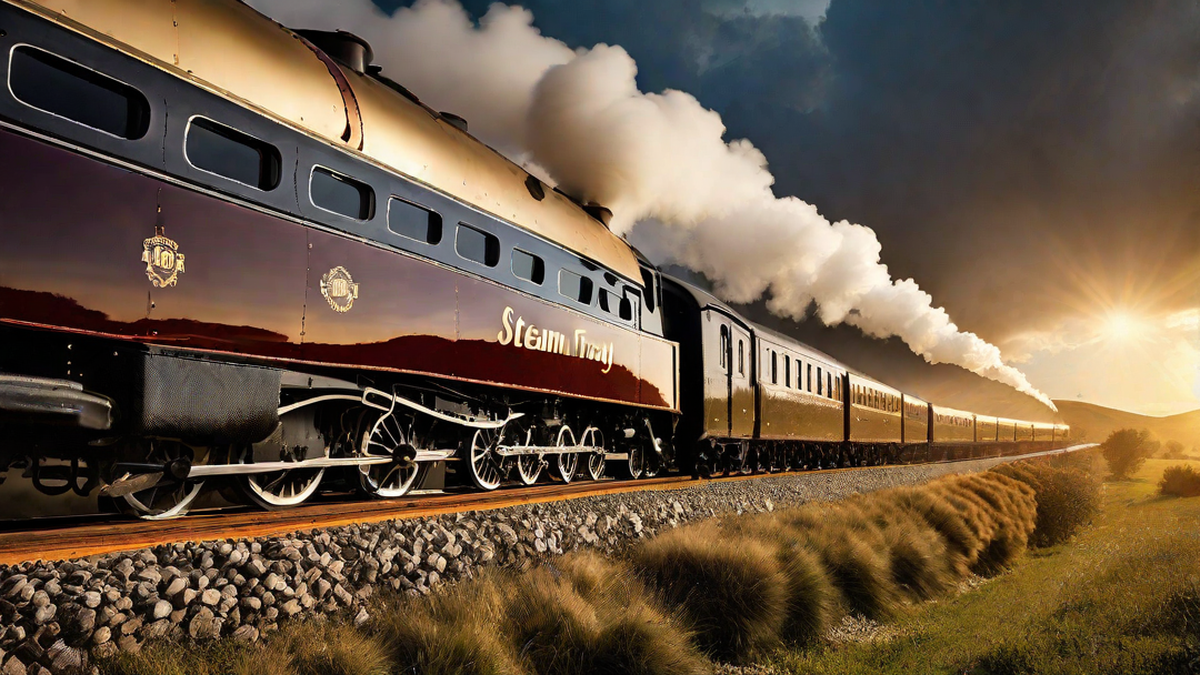Steam trains, also known as locomotives, were once the primary mode of transportation before the advent of diesel and electric trains. These iconic machines revolutionized travel and shipping, connecting cities and industries across the globe. The nostalgia and fascination surrounding steam trains have sparked curiosity about their decline and eventual discontinuation.
As I delve into the history of steam trains, I’m reminded of the remarkable impact they had on society. The distinctive sound of the locomotive’s whistle and the billowing clouds of steam evoke a sense of adventure and romance. However, the era of steam trains eventually came to an end, marking the transition to more modern forms of transportation.
The Decline of Steam Trains
Steam trains began to lose their prominence in the mid-20th century with the introduction of diesel and electric locomotives. The efficiency and lower maintenance costs of these new technologies posed a significant challenge to steam-powered engines. As a result, many railway companies gradually phased out steam trains in favor of these more advanced alternatives.
The decline of steam trains also coincided with the development of highways and the increased use of automobiles. The convenience and flexibility offered by cars led to a decline in passenger train travel, further contributing to the diminished relevance of steam locomotives.
The End of an Era
While the exact timeline for the discontinuation of steam trains varied among different countries and railway companies, a significant milestone in the transition away from steam power occurred in the 1960s. Many major railroads had fully embraced diesel and electric engines by this time, rendering steam trains obsolete for mainstream transportation.
One watershed moment in the railway industry was the “end of steam” in the United Kingdom, marked by the last regular mainline steam service in August 1968, known as the Fifteen Guinea Special. This event symbolized the symbolic conclusion of an era characterized by the iconic steam locomotives.
The Legacy of Steam Trains
Despite their eventual discontinuation, steam trains continue to captivate enthusiasts and evoke a sense of nostalgia. Preservation efforts around the world have ensured that many historic steam locomotives are still operational, offering scenic excursions and preserving the legacy of these iconic machines.
Today, steam trains are celebrated through heritage railways, museums, and special events that showcase the beauty and power of these historic engines. The enduring appeal of steam trains serves as a testament to their enduring legacy in the history of transportation.
Conclusion
Reflecting on the history of steam trains, it’s evident that their decline marked a significant shift in the world of transportation. While they may no longer be a mainstream mode of travel, the impact and legacy of steam trains will forever be etched in the annals of history. The allure of these majestic machines lives on through the dedication of enthusiasts and the preservation of their rich heritage.

